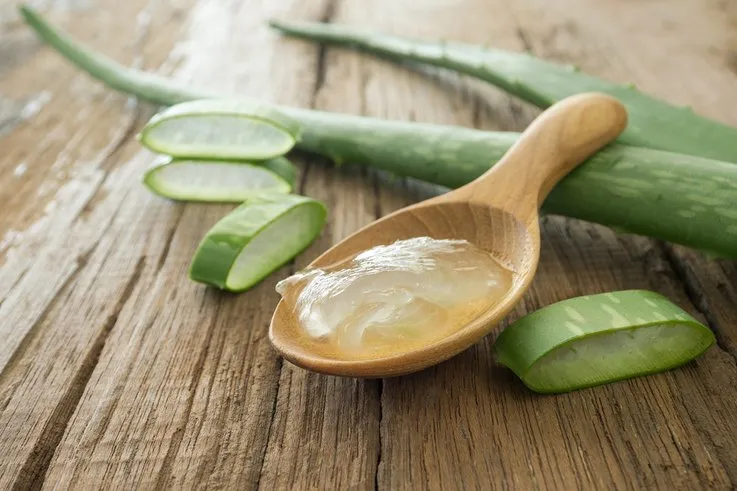
Aloe Vera (Bardbadensis Miller) Contains over 75 ingredients that can be divided into the following categories:
Vitamins
The variety of vitamins in aloe is great, but the most important are antioxidants C and E as well as beta carotene, which the body processes in vitamin A. Aloe Vera is one of the few plants in the world, a source of vitamin B12.
Minerals
These include magnesium, manganese, zinc, copper, chromium, calcium, sodium, potassium and iron.
Amino acids
The human organism needs 22 amino acids from which proteins are built. Aloe provides 20 of them. But it is even more essential that it contains seven of the eight essential amino acids without which the body can not, but does not produce alone and should take with the food.
Saccharides
Among these are important long-lasting polysaccharides that strengthen the immune system.
Enzymes
Lipases and proteases that break down food and contribute to digestion, as well as carboxypeptidase, an enzyme associated with inflammatory processes.
Plant sterols
The three main types have powerful anti-inflammatory properties.
Lignin
A wood substance that gives aloe its incredible property to penetrate deep into the skin.
Saponin
Natural soap derivatives with a strong antimicrobial action that effectively deal with bacteria, fungi and yeasts such as those of the genus Candida.
Anthraquinones
The most important of these are aloin and emodin, all of which are strong analgesics and have been shown to have antibacterial and antiviral properties. In their pure form they have a strong laxative effect.
Salicylic acid
A compound similar to aspirin with anti-inflammatory action and helps breakdown of dead tissues.